Global production reached a record 223.2 million metric tons in 2022, 4.4 percent more than in 2020
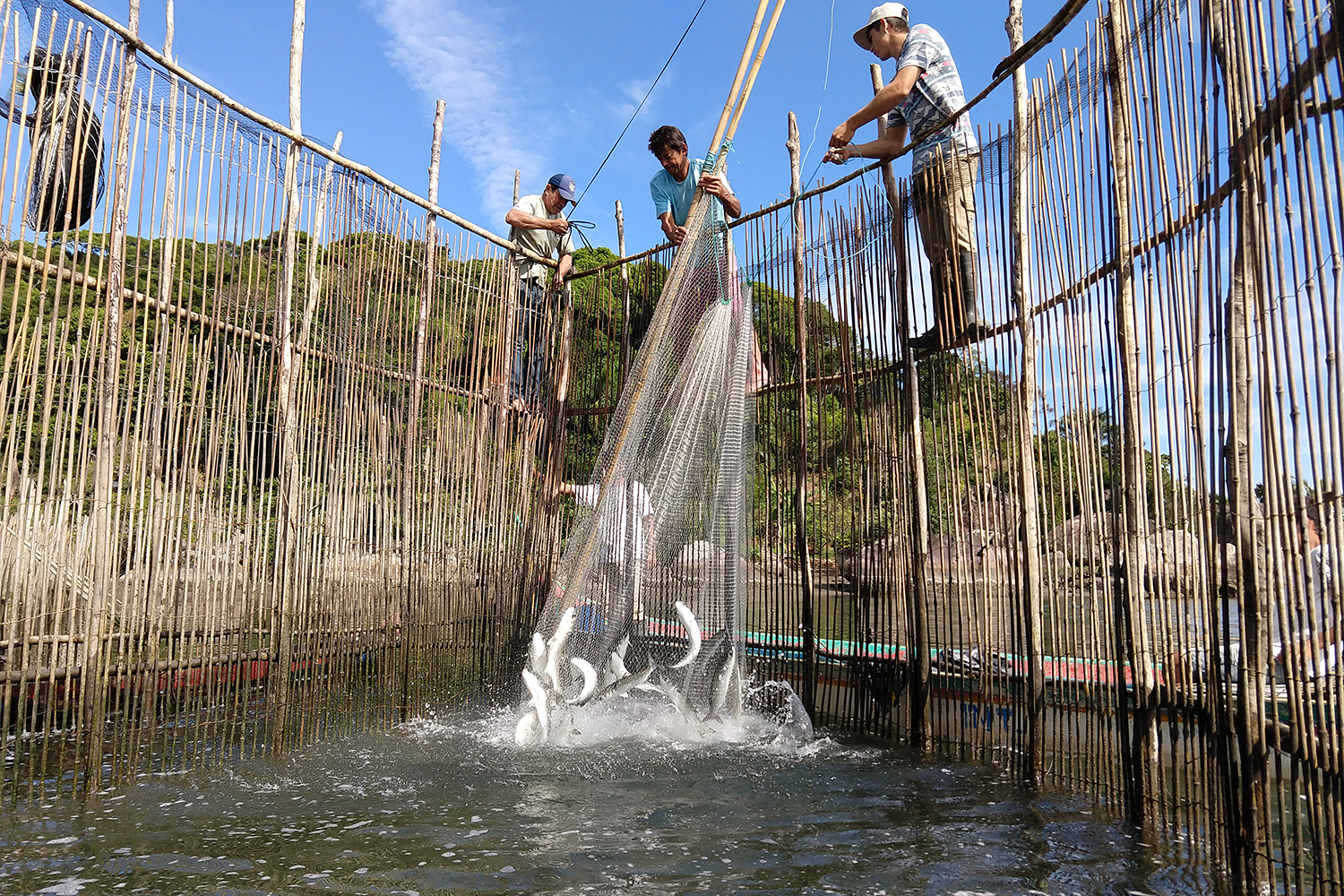
The Food and Agriculture Organization (FAO) of the United Nations released The State of World Fisheries and Aquaculture 2024, its flagship report providing a comprehensive analysis of the global and regional status and trends in fisheries and aquaculture. It shows, for the first time in 2022, that aquaculture production exceeded fisheries.
The latest edition of the biennial Report was released on June 8, 2024, in San Jose, Costa Rica, during the high-profile event on ocean action “Immersed in Change” and coinciding with World Ocean Day.
“It illustrates how FAO effectively uses its resources, expertise and comparative advantage to promote collaborative efforts and initiatives involving Members, partners and key stakeholders…these efforts focus on priority actions to achieve three global objectives: sustainable aquaculture growth to meet the increasing demand for aquatic foods; effective fisheries management for healthier fishery stocks and equitable livelihoods; and upgrading of aquatic food value chains to guarantee their social, economic and environmental sustainability,” said Qu Dongyu, FAO Director General.
The report also features “Blue Transformation in Action,” a roadmap adopted in 2022 illustrating how FAO is leading collaborative efforts and initiatives in close coordination with Members, partners and key stakeholders to guide global policy processes and disseminate best practices to support the intensification and expansion of sustainable aquaculture, effective fisheries management and improved aquatic food value chains.
Total fisheries and aquaculture production reached a record 223.2 million metric tons (MT) in 2022, 185.4 MT (live weight equivalent) of aquatic animals and 37.8 MT (wet weight) of algae, a 4.4 percent increase from 2020. Sixty-two percent of aquatic animals were harvested in marine areas (69 percent from fisheries and 31 percent from aquaculture) and 38 percent in inland waters (84 percent from aquaculture and 16 percent from capture fisheries).
Asian countries produced 70 percent of all aquatic animals, followed by countries in Europe and Latin America and the Caribbean (9 percent each), Africa (7 percent), North America (3 percent) and Oceania (1 percent). China remained the major producer (36 percent), followed by India (8 percent), Indonesia (7 percent), Vietnam (5 percent) and Peru (3 percent).
We need to accelerate efforts to ensure 100 percent of fishery stocks are placed under effective management, to reverse unsustainable practices, combat illegal, unreported and unregulated fishing, and reduce overfishing.
World aquaculture production reached a new record of 130.9 MT in 2022, valued at U.S. $313 billion and comprising 94.4 MT of aquatic animals and 36.5 MT of algae. Asia contributed 91.4 percent of the overall total, followed by Latin America and the Caribbean (3.3 percent), Europe (2.7 percent), Africa (1.9 percent), Northern America (0.5 percent) and Oceania (0.2 percent). Ten leading countries (China, Indonesia, India, Vietnam, Bangladesh, Philippines, Republic of Korea, Norway, Egypt and Chile) produced 89.8 percent of the total.
In 2022, production of animal species from aquaculture (51 percent) surpassed for the first time that from capture fisheries, with inland aquaculture producing 62.6 percent of total farmed aquatic animals. The overall increase (7.6 percent) from 2020 was largely in Asia (87.9 percent of the increase), followed by Latin America and the Caribbean (7.3 percent), Europe (3.5 percent) and Africa (0.8 percent). This increase occurred mainly in finfish aquaculture (58.1 percent), followed by crustaceans (24.6 percent) and mollusks (15.6 percent).
Wild-capture fisheries produced 92.3 MT in 2022, 91.0 MT of aquatic animals and 1.3 MT of algae. China remained the top capture fisheries producer (14.3 percent), followed by Indonesia (8.0 percent), India (6.0 percent), Peru (5.8 percent), the Russian Federation (5.4 percent), the United States of America (4.6 percent), Vietnam (3.9 percent) and Japan (3.2 percent).
The report contains eight key messages:
- World fisheries and aquaculture production hit a new high in 2022. Successful initiatives should be upscaled to consolidate the vital role of aquatic foods for global food security, nutrition and livelihoods.
- Aquaculture can meet the rising global demand for aquatic foods. Future expansion must prioritize sustainability and benefit regions and communities most in need.
- Global capture fisheries production remains stable, but the sustainability of fishery resources is a cause for concern. Urgent action is needed to accelerate fishery stock conservation and rebuilding.
- Global demand for aquatic foods is projected to increase further. Expansion of sustainable production is vital to ensure healthy diets from healthy oceans, lakes and rivers.
- Aquatic animal production is expected to increase by 10 percent by 2032. The Blue Transformation Roadmap aims to ensure sustainable fisheries and aquaculture growth while promoting equitable benefits and environmental conservation.
- Small-scale fisheries are a vital source of nutrition and the livelihoods for millions of people. Greater global recognition and action are needed to support and empower these communities.
- Efforts to improve data collection and analysis must be strengthened. They are key to evidence-based policymaking and the effective management of fisheries and aquaculture.
- Efforts to achieve the Sustainable Development Goal targets related to fisheries and aquaculture must accelerate. FAO urges the international community to step up action to support the implementation of the Blue Transformation Roadmap.
Per Qu Dongyu: “Despite these significant achievements, the sector still faces major challenges from climate change and disasters, water scarcity, pollution, biodiversity loss and other anthropogenic impacts. We need to accelerate efforts to ensure 100 percent of fishery stocks are placed under effective management, to reverse unsustainable practices, combat illegal, unreported and unregulated fishing, and reduce overfishing. An ecosystem approach should be at the center of future aquaculture intensification and expansion, to minimize environmental impacts and secure animal health and food safety, with efficient, diverse and sustainable use of inputs and resources, in particular water, land and feed, while improving yields and supporting livelihoods, especially for the most vulnerable communities and populations.”
Now that you've reached the end of the article ...
… please consider supporting GSA’s mission to advance responsible seafood practices through education, advocacy and third-party assurances. The Advocate aims to document the evolution of responsible seafood practices and share the expansive knowledge of our vast network of contributors.
By becoming a Global Seafood Alliance member, you’re ensuring that all of the pre-competitive work we do through member benefits, resources and events can continue. Individual membership costs just $50 a year.
Not a GSA member? Join us.
Author
Tagged With
Related Posts
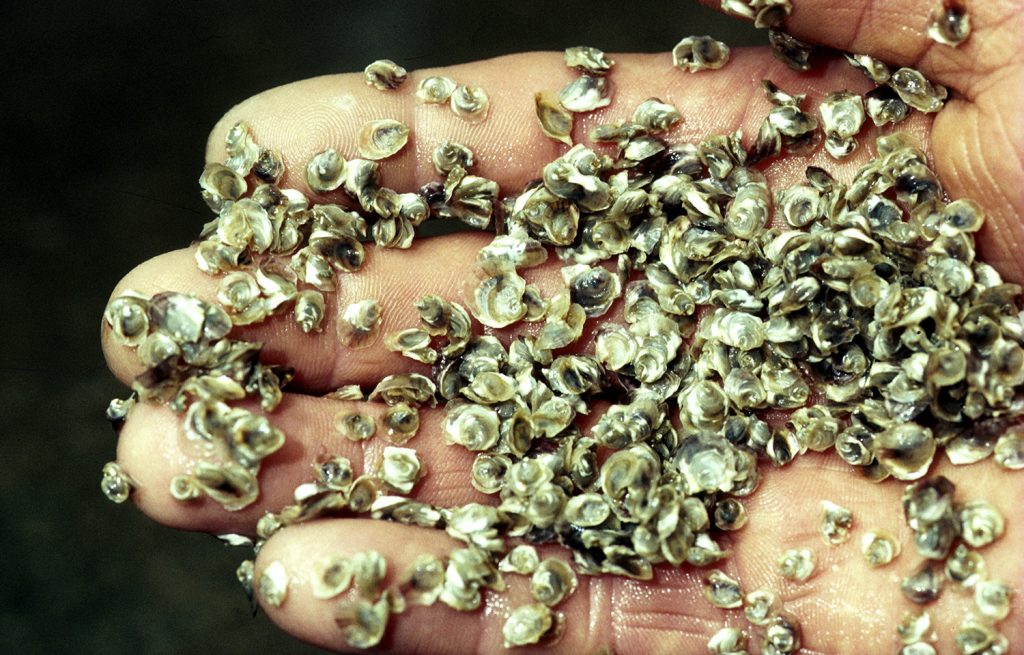
Innovation & Investment
Disruptive technologies for aquaculture, part 1
Increasing integration of various disruptive technologies into aquaculture practices will improve productivity and sustainability.
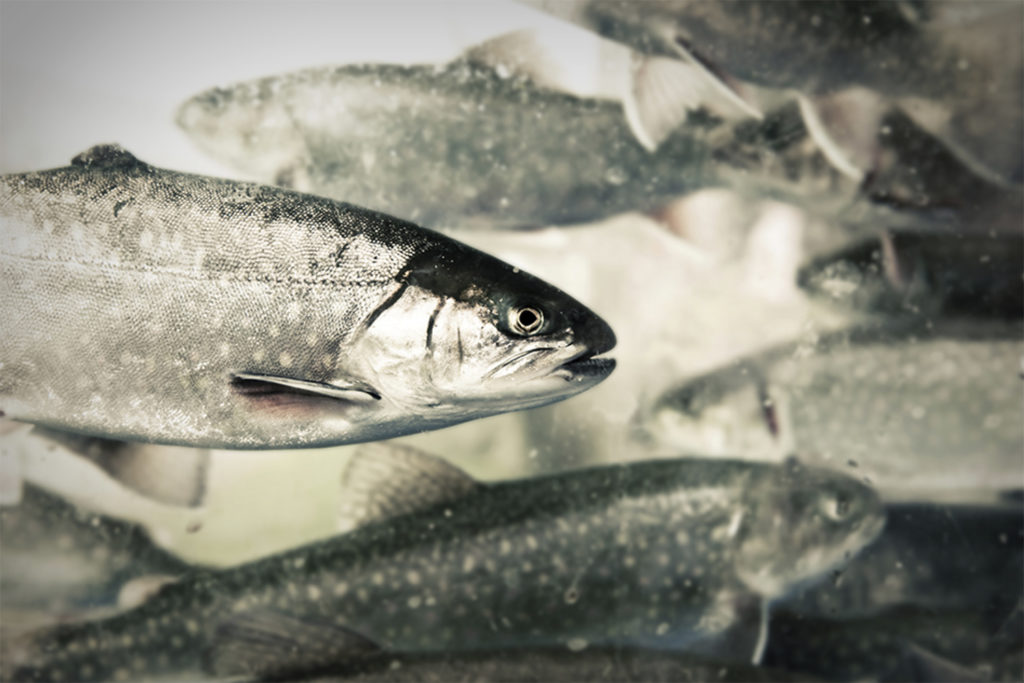
Aquafeeds
Point: There are no essential ingredients in aquaculture feeds
Kevin Fitzsimmons, leader of the F3 (fish-free feed) Challenge, says aquaculture may currently depend on fishmeal and fish oil, but farmed fish do not.
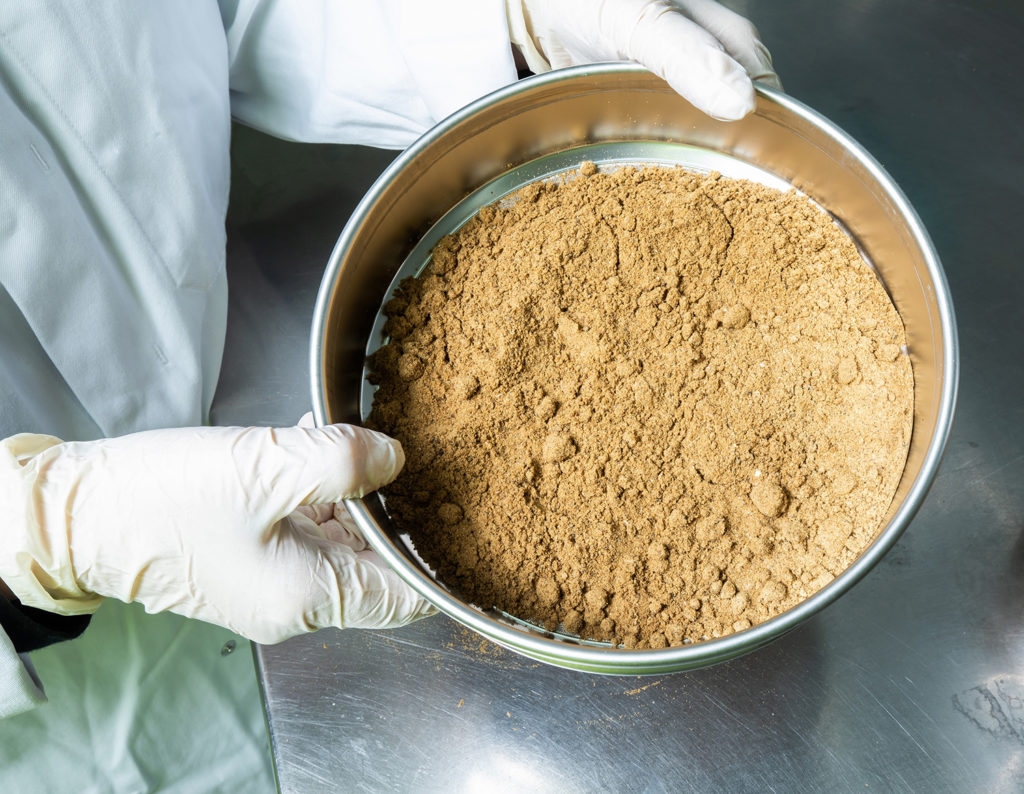
Aquafeeds
Counterpoint: Marine ingredients are stable in volume, strategic in aquaculture nutrition
IFFO Director General Petter M. Johannessen says fishmeal and fish oil offer unmatched nutrition and benefits to fuel aquaculture’s growth trajectory.
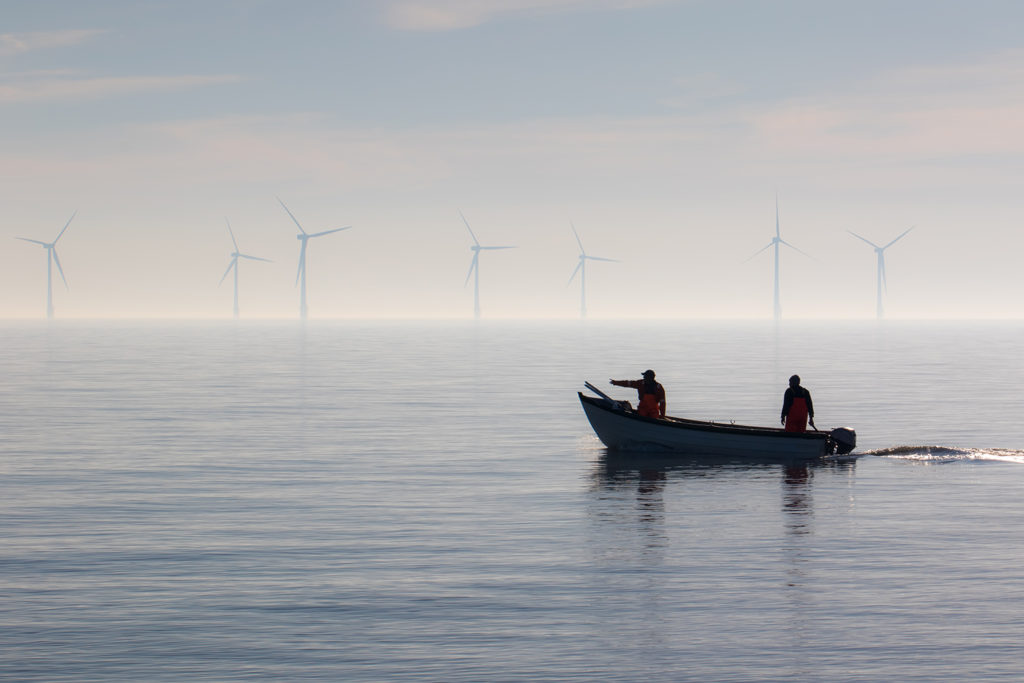
Responsibility
One ocean: At the intersection of green energy and a blue economy
To mitigate the impacts of climate change and bolster ocean health, research suggests turning to one of the planet’s powerful forces: The ocean itself.



